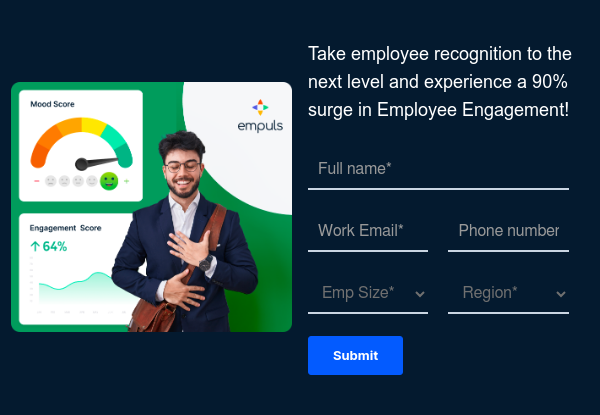How do I start an employee letter?
An employee letter can be started in the following ways:
- Salutation: Begin with a formal greeting. If you know the recipient’s name, use it. For instance, “Dear Mr. Sharma,” or “Dear Ms. Lee,”. If the name is not known, you can use a general greeting like “Dear Team Member,”. The salutation sets the tone for the rest of the letter, so it’s important to choose it carefully.
- Introduction: The first paragraph should clearly state the purpose of the letter. Be clear and concise to ensure the recipient understands why you’re writing. For example, “I am writing to inform you about…” or “This letter serves to…”. This helps the recipient understand the context and importance of the letter.
- Body: This is where you provide the main content of the letter. Keep the tone professional and the content clear. Use separate paragraphs for each point or idea. This makes the letter easier to read and understand. Be sure to provide all the necessary details but avoid unnecessary jargon or overly complex language.
- Specific details: Depending on the purpose of the letter, you might need to include specific details. For example, if it’s an appraisal letter, you might need to include details about the employee’s performance, achievements, and areas for improvement. If it’s a resignation letter, you might need to include the employee’s last working day.
- Tone and language: The tone and language of the letter should be appropriate for the situation. A letter of appreciation would have a positive and congratulatory tone, while a letter addressing an issue or problem would have a more serious tone. Regardless of the situation, the language should always be respectful and professional.
- Closing: End the letter with a closing statement, followed by your name and position. The closing statement could be something like “Best Regards,” “Sincerely,” or “Thank you,”. This formally ends the letter and provides a space for your signature in a physical letter.
Remember, the specifics of the letter can vary depending on its purpose and the recipient. Always ensure that the letter is respectful, professional, and proofread before sending it to avoid any errors or misunderstandings.
























